This graph illustrates the terrible scope of the Las Vegas shooting

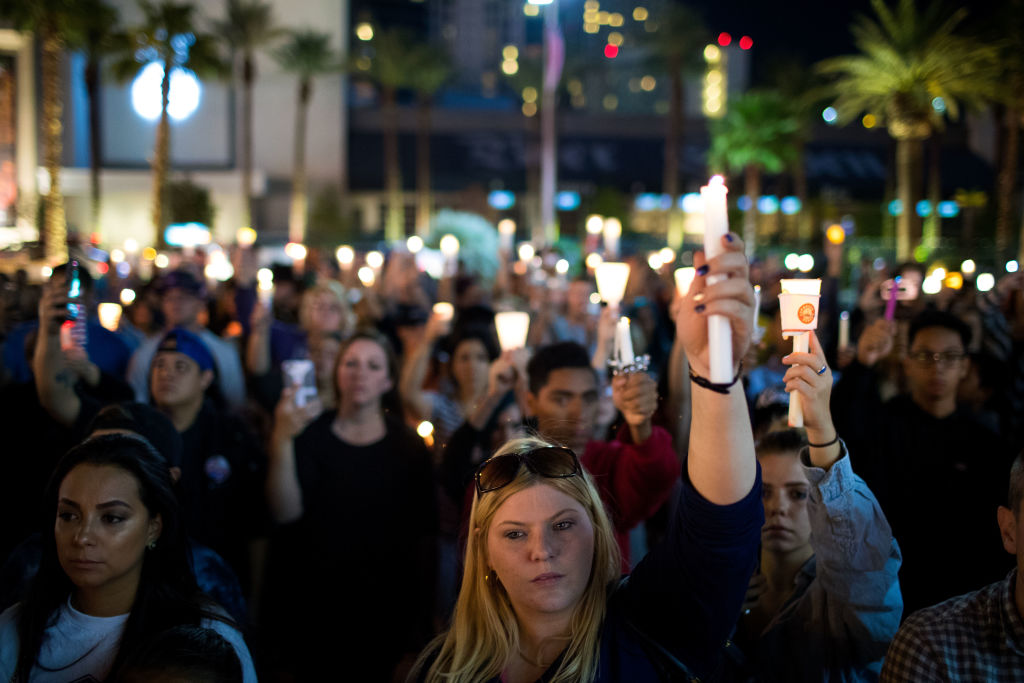
Sunday night's mass shooting at a Las Vegas music festival was the deadliest in modern U.S. history, with at least 59 people dead and 527 wounded, and perhaps not coincidentally, it was possibly the first such mass murder carried out by a fully automatic weapon. On Tuesday, Mike Allen at Axios laid out three "hard truths" about the tragedy, perpetrated by a 64-year-old retired accountant and avid gambler with no known significant record of run-ins with the law, according to law enforcement officials.
Those truths included that American "gun manufacturers are heavily incentivized by market demand and lax laws in most states, and by the federal government, to allow mad men to accumulate all the firepower they crave for mass killings," and that won't change just as it "didn't change after Columbine or Sandy Hook," largely because "President Trump and congressional Republican have every incentive to protect the status quo." To illustrate how the Las Vegas shooting compares to other shooting incidents with at least four people shot going back to 2013, Axios created a graph. Highlighted rows are the major attacks, with the red figures representing the dead and the grey figures the wounded.
On Monday night, former Trump chief strategist Stephen Bannon told Jonathan Swan at Axios that Trump won't support gun control, as he did at an earlier time. "Impossible: will be the end of everything," Bannon texted. If Trump supported gun-safety measures, "as hard as it is to believe," it would be "actually worse" with his base than if he backed an amnesty immigration bill. "Amnesty," like many gun control measures, is actually pretty popular.
The Week
Escape your echo chamber. Get the facts behind the news, plus analysis from multiple perspectives.

Sign up for The Week's Free Newsletters
From our morning news briefing to a weekly Good News Newsletter, get the best of The Week delivered directly to your inbox.
From our morning news briefing to a weekly Good News Newsletter, get the best of The Week delivered directly to your inbox.
A free daily email with the biggest news stories of the day – and the best features from TheWeek.com
Peter has worked as a news and culture writer and editor at The Week since the site's launch in 2008. He covers politics, world affairs, religion and cultural currents. His journalism career began as a copy editor at a financial newswire and has included editorial positions at The New York Times Magazine, Facts on File, and Oregon State University.
-
 Sole suspect in Brown, MIT shootings found dead
Sole suspect in Brown, MIT shootings found deadSpeed Read The mass shooting suspect, a former Brown grad student, died of self-inflicted gunshot wounds
-
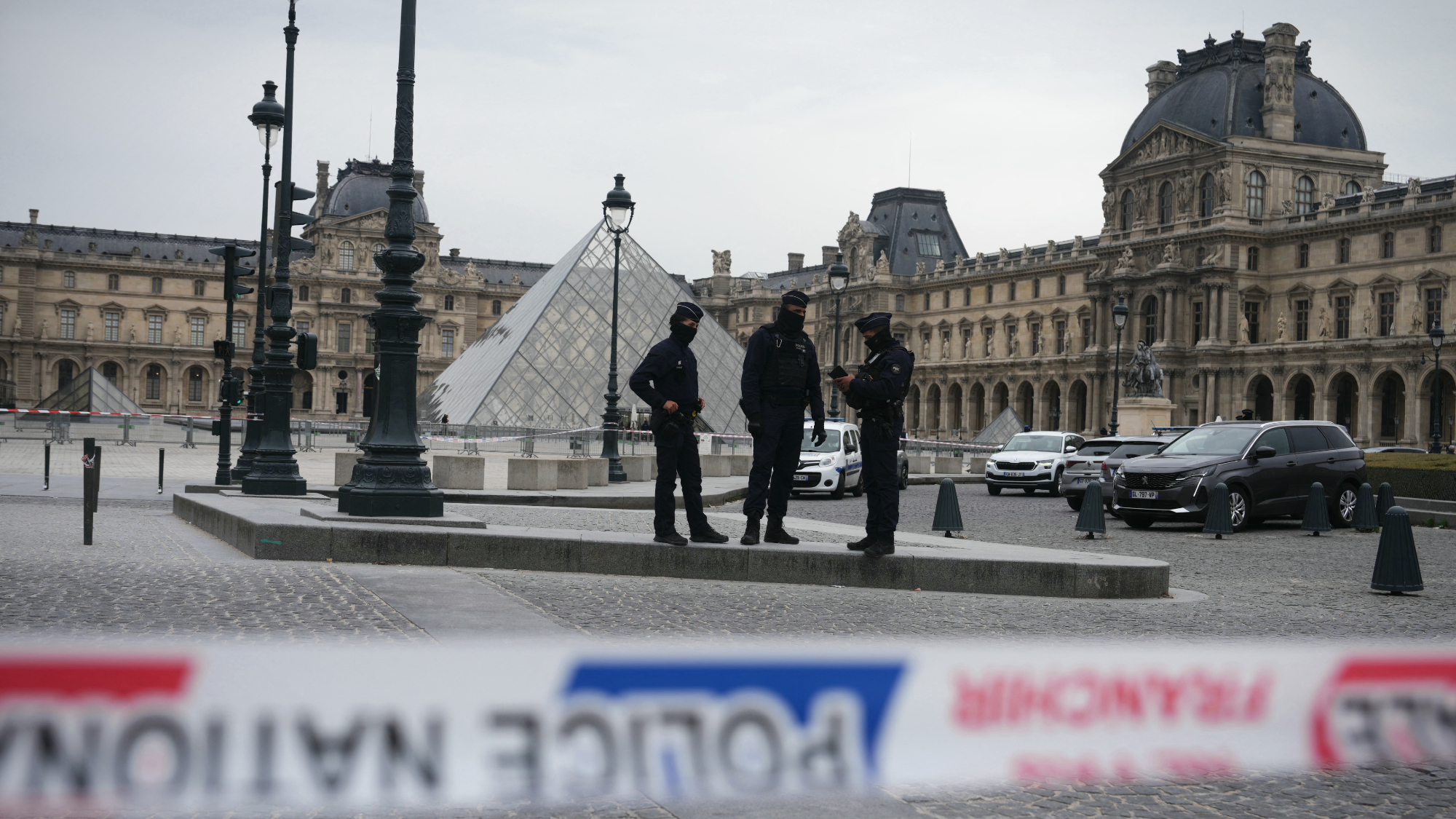 France makes first arrests in Louvre jewels heist
France makes first arrests in Louvre jewels heistSpeed Read Two suspects were arrested in connection with the daytime theft of royal jewels from the museum
-
 Trump pardons crypto titan who enriched family
Trump pardons crypto titan who enriched familySpeed Read Binance founder Changpeng Zhao pleaded guilty in 2023 to enabling money laundering while CEO of the cryptocurrency exchange
-
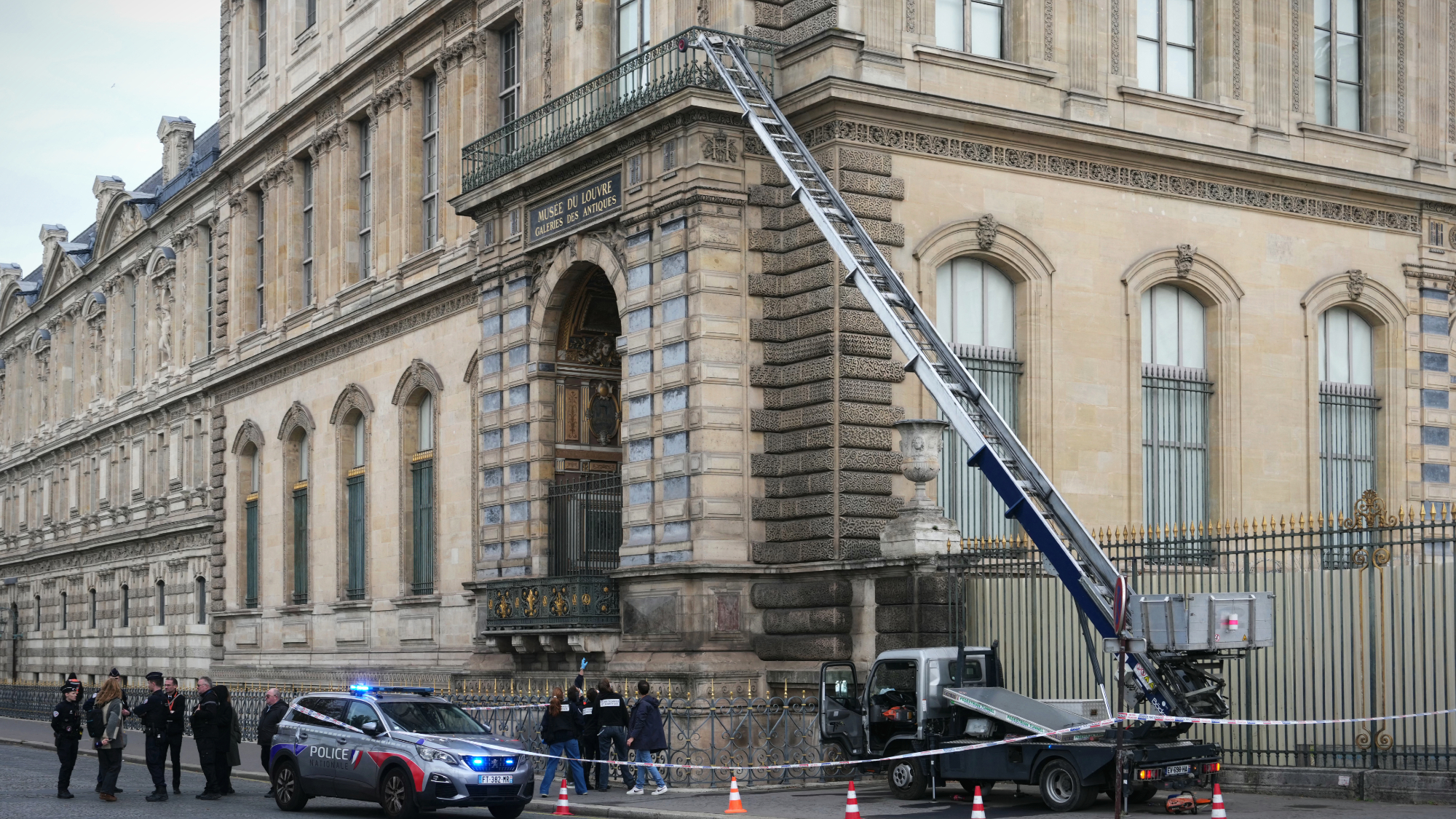 Thieves nab French crown jewels from Louvre
Thieves nab French crown jewels from LouvreSpeed Read A gang of thieves stole 19th century royal jewels from the Paris museum’s Galerie d’Apollon
-
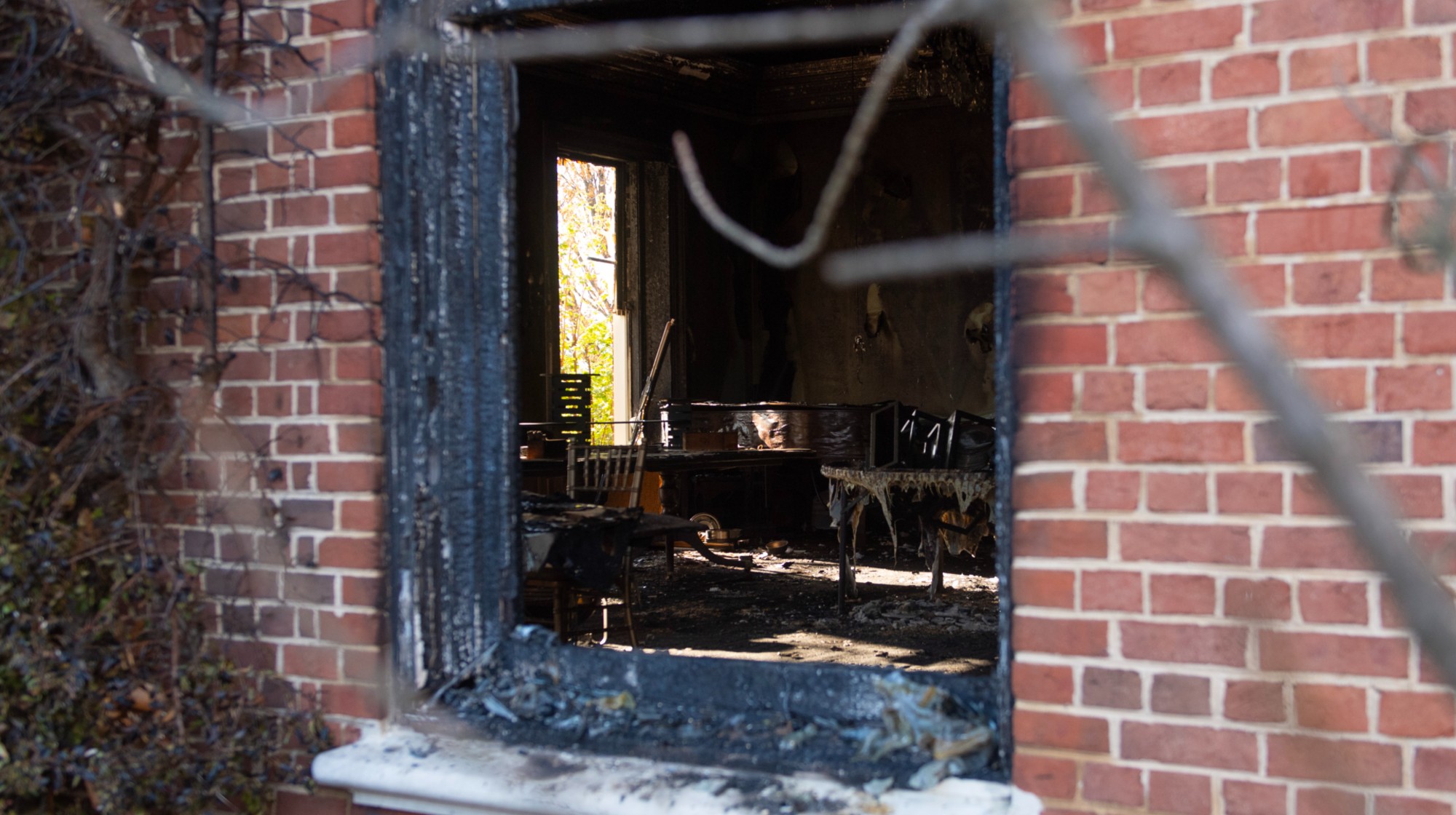 Arsonist who attacked Shapiro gets 25-50 years
Arsonist who attacked Shapiro gets 25-50 yearsSpeed Read Cody Balmer broke into the Pennsylvania governor’s mansion and tried to burn it down
-
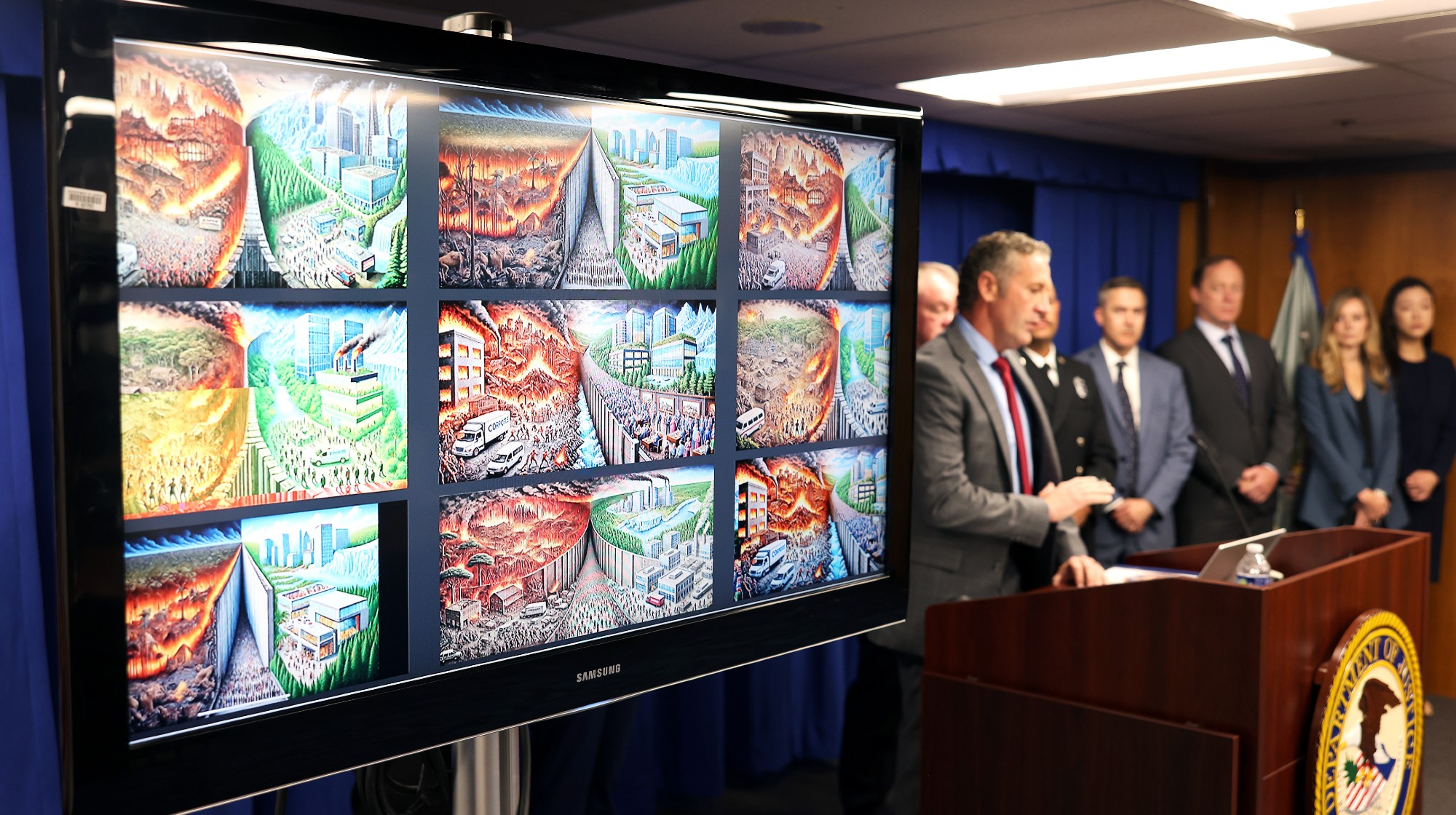 Man charged over LA’s deadly Palisades Fire
Man charged over LA’s deadly Palisades Firespeed read 29-year-old Jonathan Rinderknecht has been arrested in connection with the fire that killed 12 people
-
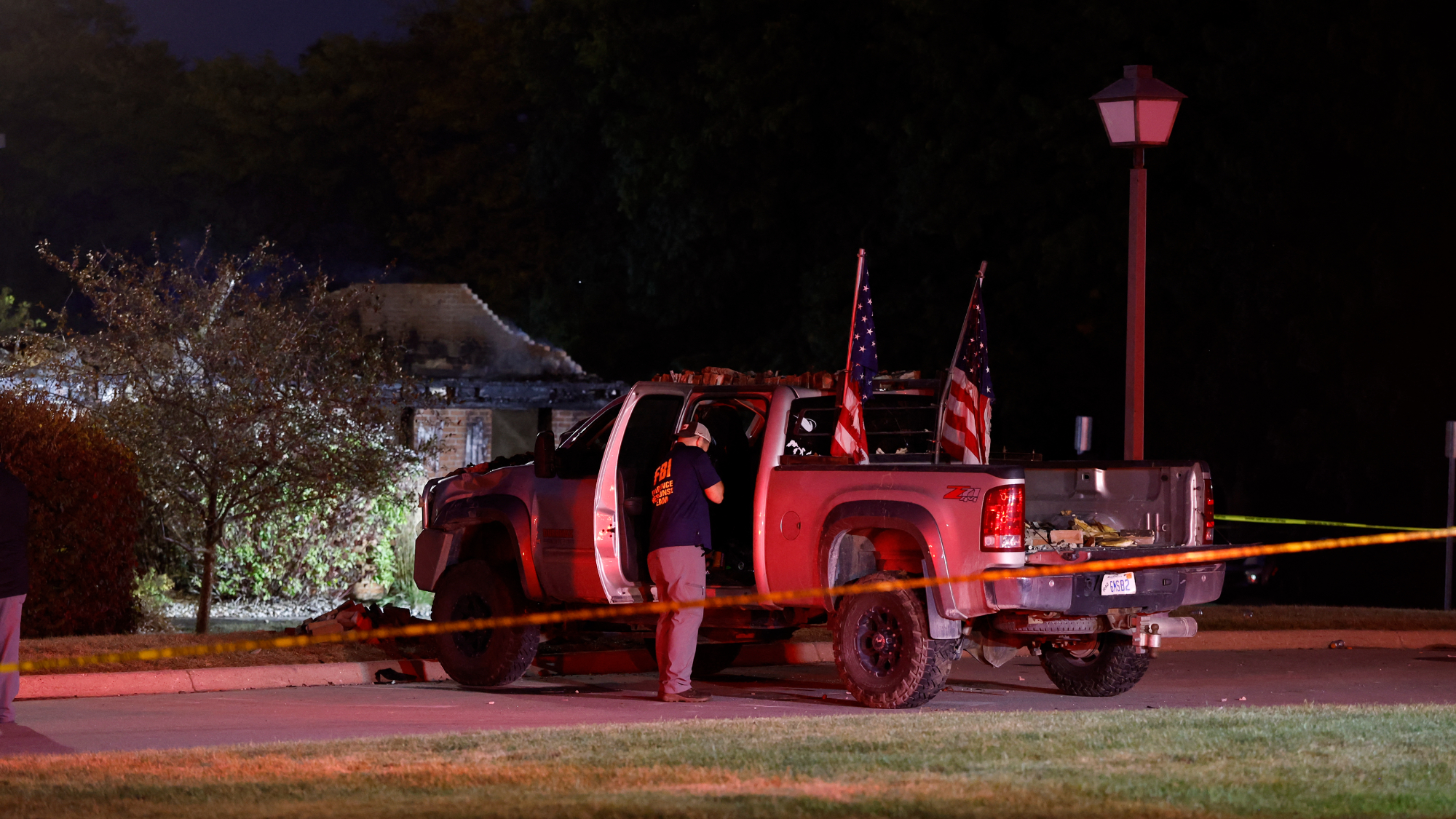 4 dead in shooting, arson attack in Michigan church
4 dead in shooting, arson attack in Michigan churchSpeed Read A gunman drove a pickup truck into a Mormon church where he shot at congregants and then set the building on fire
-
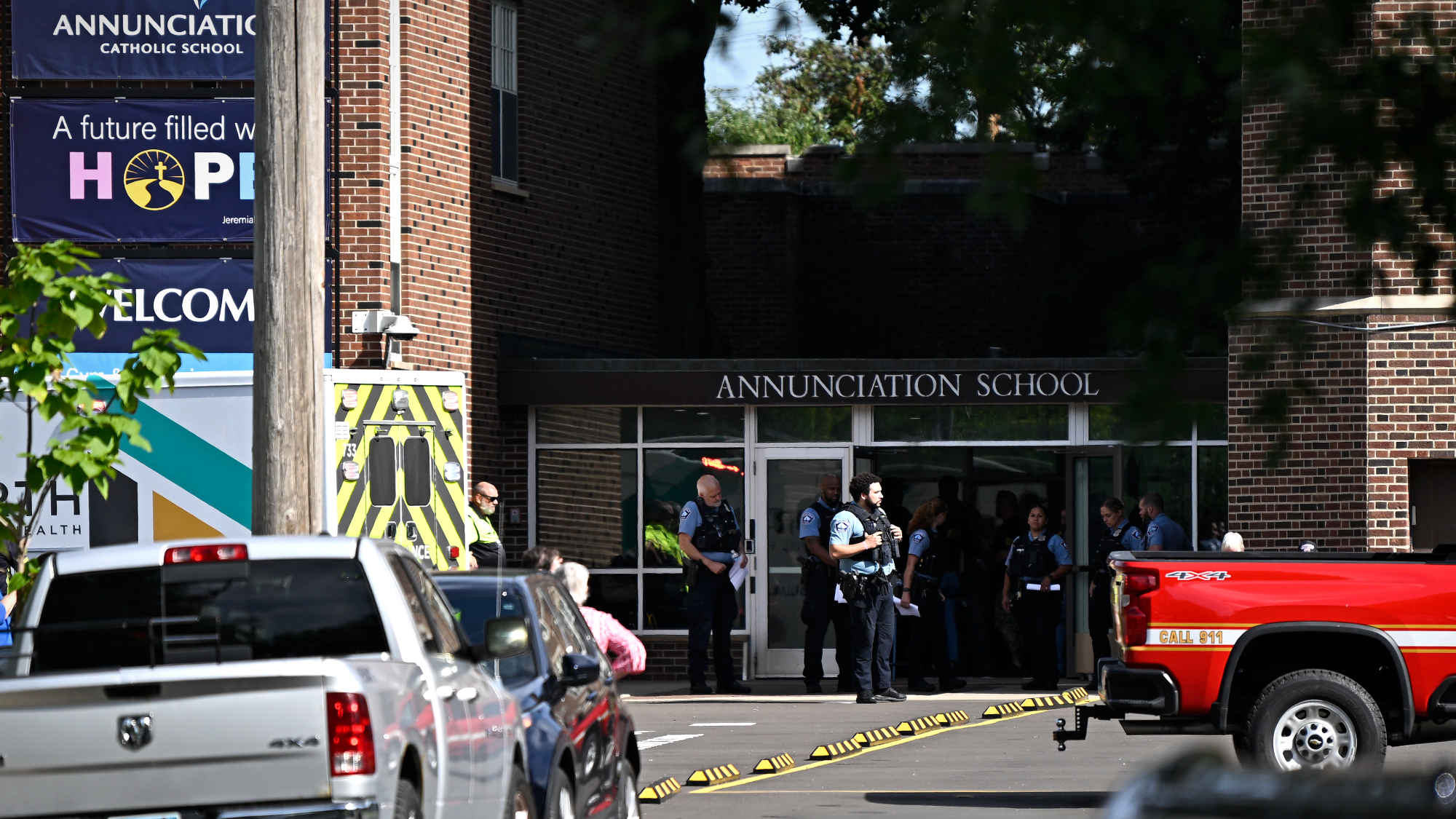 2 kids killed in shooting at Catholic school mass
2 kids killed in shooting at Catholic school massSpeed Read 17 others were wounded during a morning mass at the Annunciation Catholic School in Minneapolis



